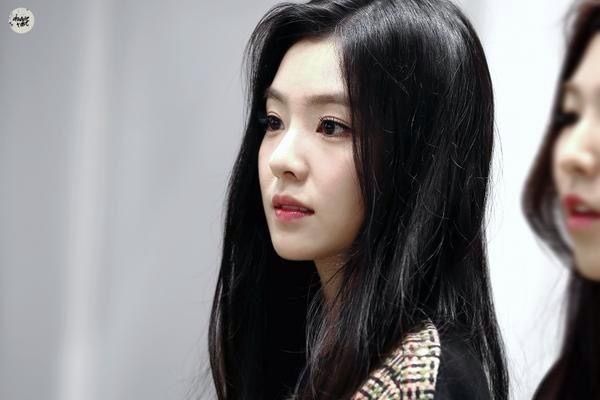Beauty standards have been a part of human society since ancient times, and they continue to play an important role in shaping our perceptions of attractiveness and desirability. However, these standards can vary greatly across different cultures, reflecting the unique values, beliefs, and traditions of each society. In this article, we will explore the role of beauty standards across different cultures and how they impact our perceptions of beauty.
Western Beauty Standards
In Western societies, the ideal beauty standard has traditionally been centered around a slim, toned physique with clear skin, symmetrical features, and a youthful appearance. This standard is heavily influenced by the media and fashion industry, with models and celebrities often serving as the epitome of beauty.
However, in recent years, there has been a growing awareness of the harmful effects of these narrow beauty standards. Many women have spoken out about the pressure to conform to unrealistic and unhealthy beauty ideals, leading to a rise in body positivity and a celebration of diverse beauty.
Asian Beauty Standards

Asian beauty standards, on the other hand, often prioritize a pale complexion, large eyes, a small nose, and a heart-shaped face. These features are seen as markers of femininity and youthfulness, and they are heavily promoted in media and advertising.
However, there has also been a growing movement to challenge these narrow beauty standards and embrace more diverse forms of beauty. In countries like Japan and South Korea, there has been a rise in popularity of “ugly” fashion and makeup trends that reject traditional beauty ideals.
African Beauty Standards
African beauty standards can vary greatly across different regions and cultures, but many emphasize the importance of natural beauty and traditional adornments, such as tribal scarification and body painting. In some cultures, larger body sizes and fuller figures are viewed as desirable traits, reflecting a celebration of fertility and health.
However, like in other cultures, there has been a growing pressure to conform to Western beauty ideals, leading to a rise in skin bleaching and hair straightening products.
Middle Eastern Beauty Standards
In Middle Eastern societies, beauty standards often prioritize modesty and a natural, understated look. Women are encouraged to cover their hair and bodies, and makeup is often used sparingly to enhance natural features.
However, there is also a growing trend towards more Westernized beauty standards, with many women opting for plastic surgery and cosmetic enhancements to achieve a more youthful and symmetrical appearance.
As we can see, beauty standards can vary greatly across different cultures, reflecting the unique values and traditions of each society. While these standards can be a source of pride and celebration, they can also create harmful pressure to conform to narrow and unrealistic ideals. By embracing diversity and celebrating the unique beauty of each individual, we can create a more inclusive and accepting society for all.

